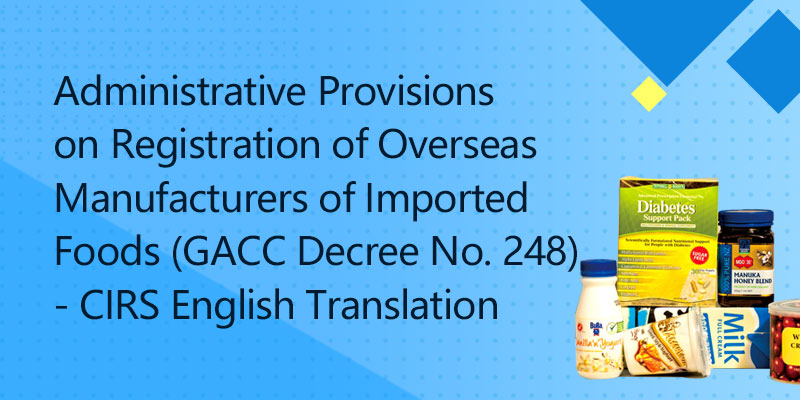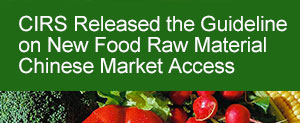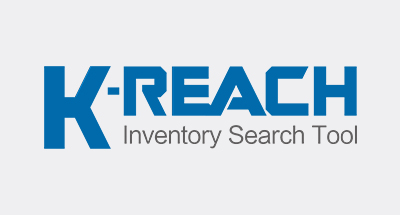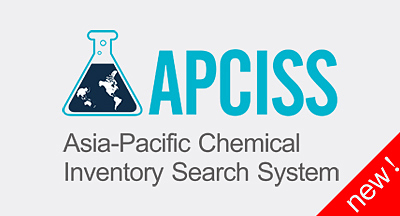On 23 June 2016, the Official Journal of the European Union published Regulation (EU) 2016/1017 to include a new restriction that regards inorganic ammonium salts under Annex XVII to REACH Regulation. This Regulation will take into force on the twentieth day following that of its publication.
Based on opinions from ECHA’s RAC and SEAC, the Commission concluded that an unacceptable risk to human health arises from cellulose insulation treated with inorganic ammonium salts which emit ammonia and the emitted ammonium reaches or exceeds a concentration of 3 ppm under the specified test conditions. It has to be noted that 3 ppm is a limit for the emission of ammonia from cellulose insulation treated with inorganic ammonium salts, rather than that for the content of ammonium salts in the cellulose insulation.
As no method available for the measurement of the restriction, Technical Specification CEN/TS 16516 should be adapted to determine the compliance of the restriction until a dedicated method is developed.
A transitional period of two years will be granted for the economic operators to allow them sufficient time for regulatory compliance. In other words, the new restriction shall be fully complied since 17 July 2018. But if the Member State (such as France) has taken national measure authorized by the Commission, the limit shall apply on 14 July 2016.
According to this Regulation, the following entry is included in Annex XVII as below:
|
Name |
Conditions of restriction |
|
65. Inorganic ammonium salts |
1. Shall not be placed on the market, or used, in cellulose insulation mixtures or cellulose insulation articles after 14 July 2018 unless the emission of ammonia from those mixtures or articles results in a concentration of less than 3 ppm by volume (2,12 mg/m3) under the test conditions specified in paragraph 4. A supplier of a cellulose insulation mixture containing inorganic ammonium salts shall inform the recipient or consumer of the maximum permissible loading rate of the cellulose insulation mixture, expressed in thickness and density. A downstream user of a cellulose insulation mixture containing inorganic ammonium salts shall ensure that the maximum permissible loading rate communicated by the supplier is not exceeded.
2. By way of derogation, paragraph 1 shall not apply to placing on the market of cellulose insulation mixtures intended to be used solely for the production of cellulose insulation articles, or to the use of those mixtures in the production of cellulose insulation articles.
3.In the case of a Member State that, on 14 July 2016, has national provisional measures in place that have been authorised by the Commission pursuant to Article 129(2)(a), the provisions of paragraphs 1 and 2 shall apply from that date.
4. Compliance with the emission limit specified in the first subparagraph of paragraph 1 shall be demonstrated in accordance with Technical Specification CEN/TS 16516, adapted as follows: (a) the duration of the test shall be at least 14 days instead of 28 days; (b) the ammonia gas emission shall be measured at least once per day throughout the test; (c) the emission limit shall not be reached or exceeded in any measurement taken during the test; (d) the relative humidity shall be 90 % instead of 50 %; (e) an appropriate method to measure the ammonia gas emission shall be used; (f) the loading rate, expressed in thickness and density, shall be recorde d during the sampling of the cellulose insulation mixtures or articles to be tested. |
It is advised that related businesses should improve production techniques to reduce emission of ammonia gas.
If you have any needs, please contact us at service@cirs-reach.com.

















